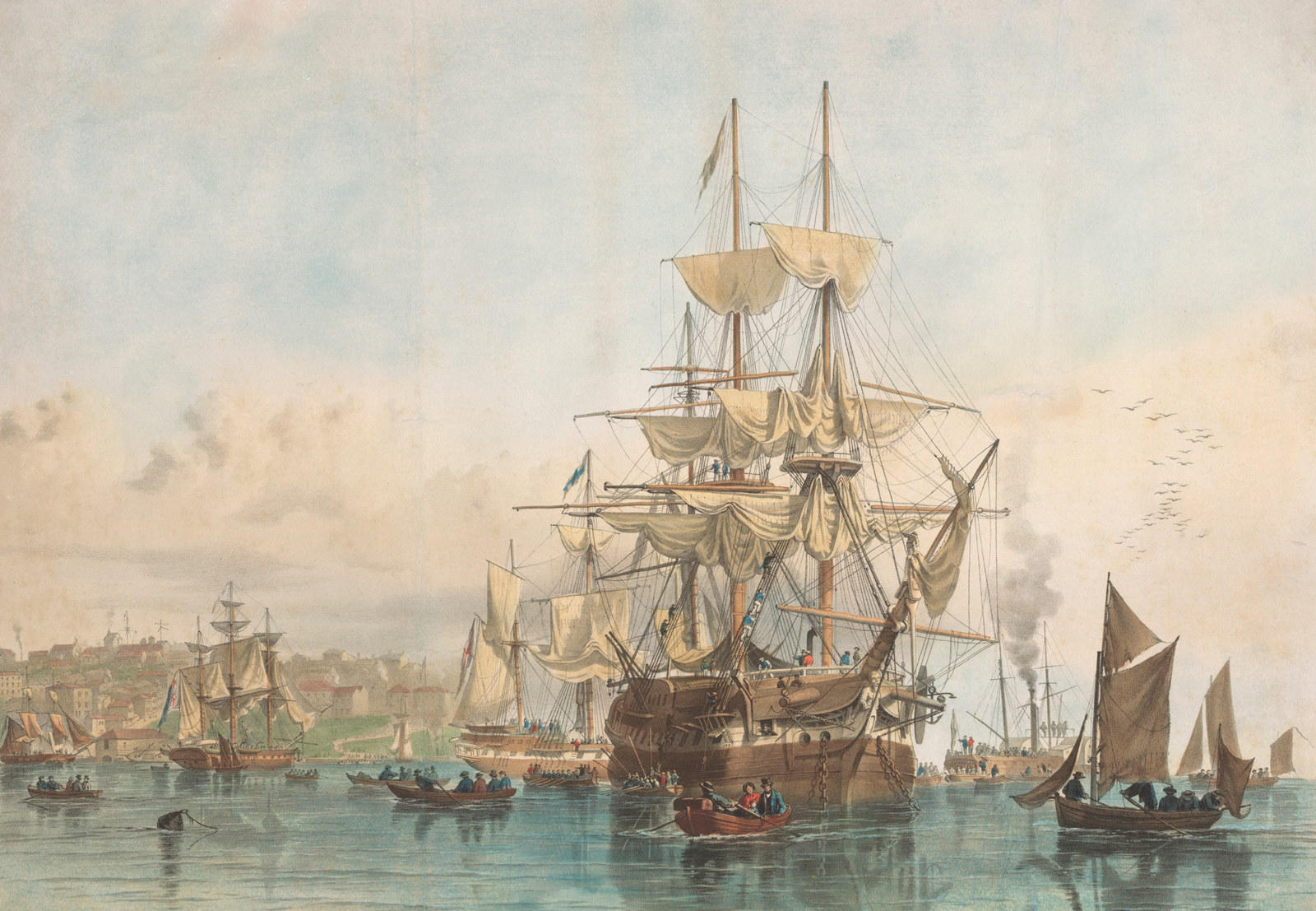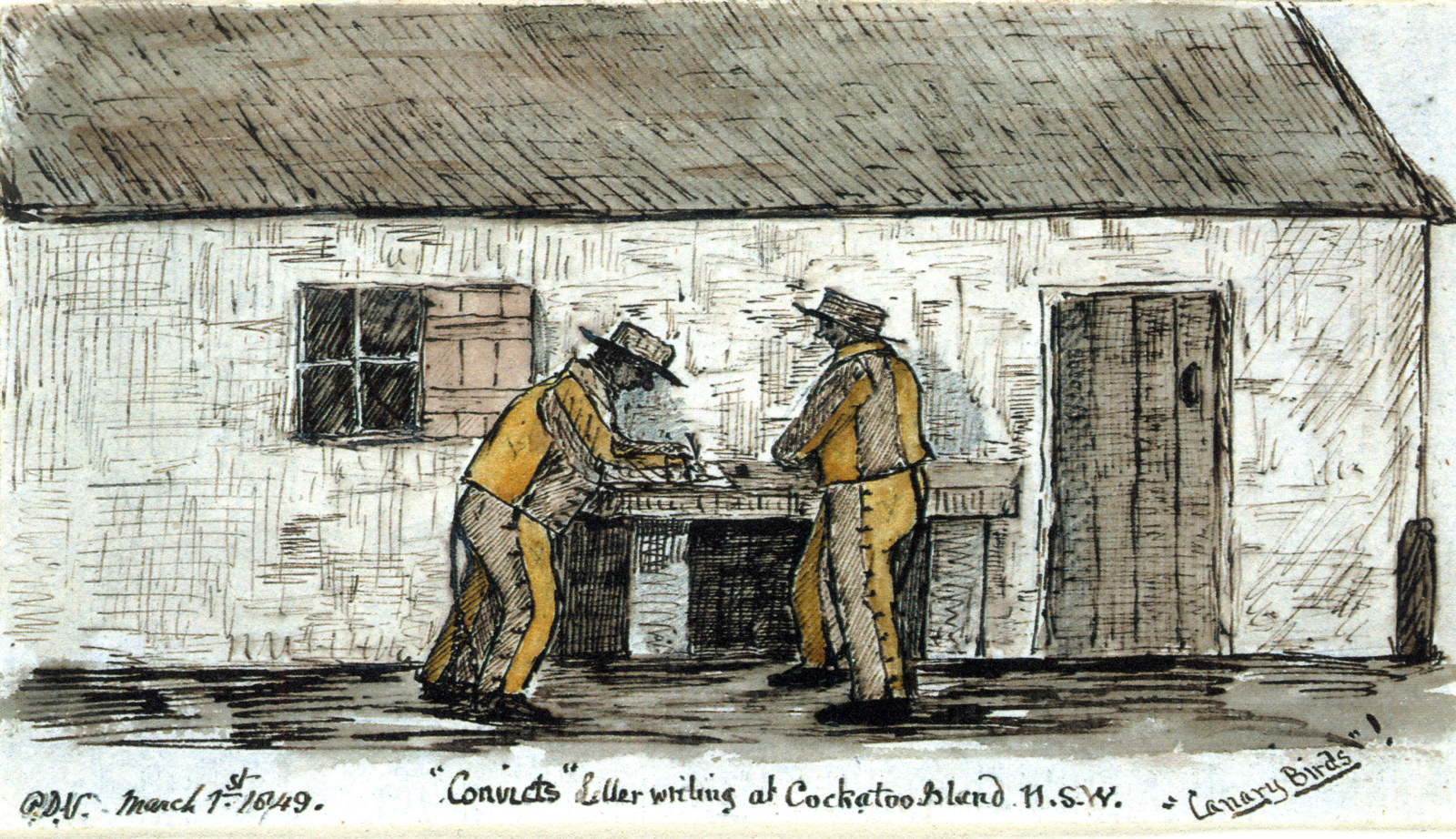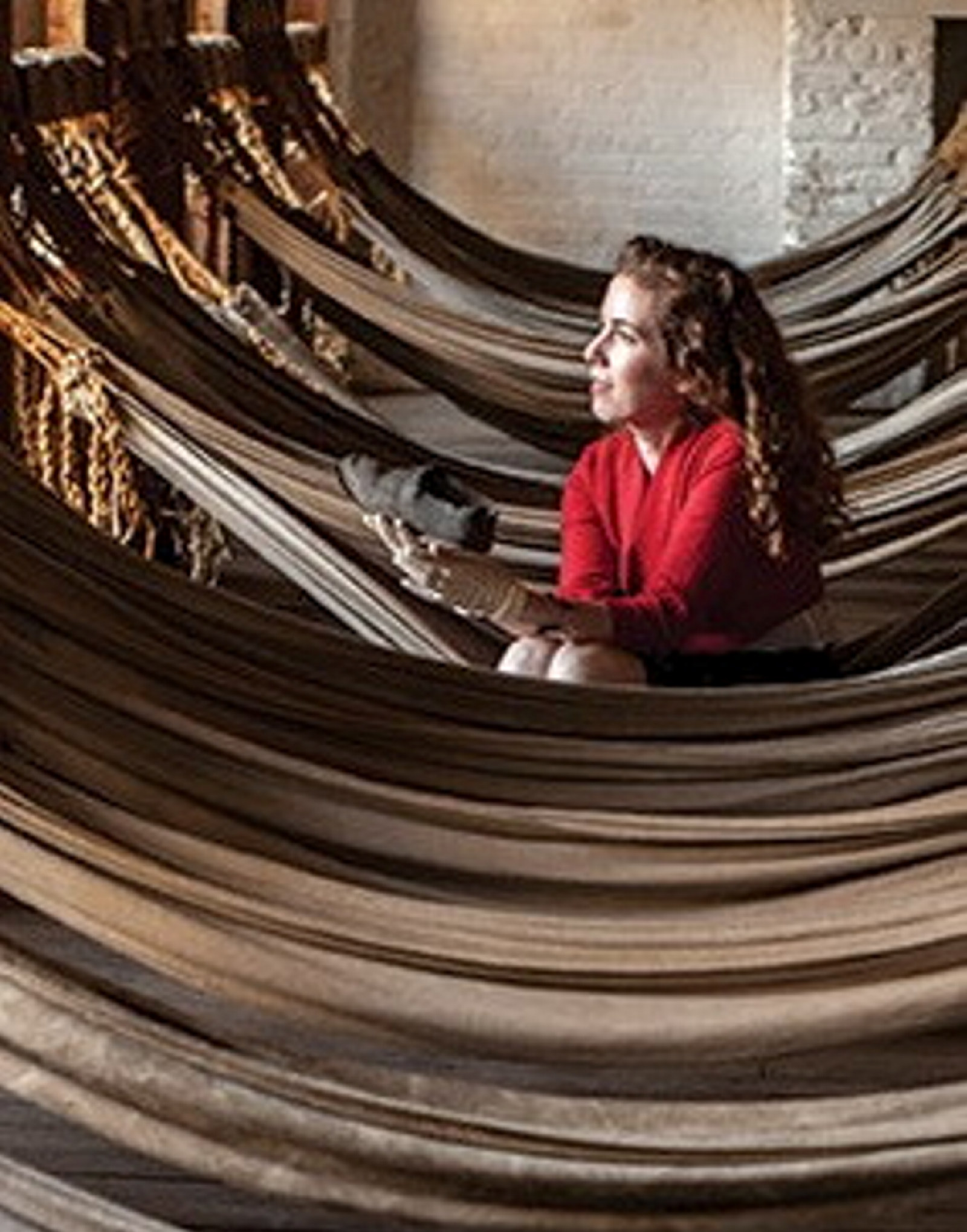Charles Cozens
Soldier, bully, wordsmith
Arrived 1840 on Woodbridge
Some convicts left a lasting legacy; like Cozens, whose observations of life as a transportee have illuminated the convict experience for us today.
In 1839 Charles Cozens, a 24-year-old sergeant of the Royal Horse Guards, was sentenced to 14 years’ transportation for using threatening language. He arrived in the colony on the Woodbridge.
Lodged at the Hyde Park Barracks, this highly literate man, never stuck for words, encountered ‘every evil in human shape’.
Cozens, who stood 6 foot 3 inches (190 centimetres) tall, later spent 12 months with the mounted police before he was freed in July 1846. In his book Adventures of a guardsman, published in England the following year, he paints a vivid picture of convict life both at the barracks and on board ship. It reveals that amid the cramped and foul conditions below deck, filled with ‘hardened sinners’ and ‘juvenile offenders’, prisoners were ‘manufacturing seals, tooth-picks, tobacco stoppers, and other ornaments out of bones’.
Related

Convict Sydney
The turning tide
During these final years of convicts at the Hyde Park Barracks, the newly designated city of Sydney gained its first outlying suburbs and industrial zones
Published on
Convict Sydney
Browse all
Convict Sydney
Cat-o’-nine-tails
One of the most common forms of convict punishment was flogging (whipping) with a ‘cat-o’-nine-tails’

Convict Sydney
Port Arthur
A notorious penal station made up of more than 30 convict-built structures and substantial ruins located in evocative, largely uncleared bushland on the end of the Tasman Peninsula

Convict Sydney
Cockatoo Island
Cockatoo Island was an infamous island prison established in Sydney Harbour from 1839 to 1869 for reoffending convicts and hardened criminals
![[Portrait of a man in the dock]](https://images.mhnsw.au/fotoweb/embed/2024/07/4ed595c1a86540bbbd08e47579e9b51d.jpg)
Convict Sydney
Lawrence Kavanagh
Kavanagh’s courage and spirit led him into further crimes after arriving in Sydney – bushranging, escape and attempted robbery under arms, which saw him transported again, to Norfolk Island for 14 years in 1831
